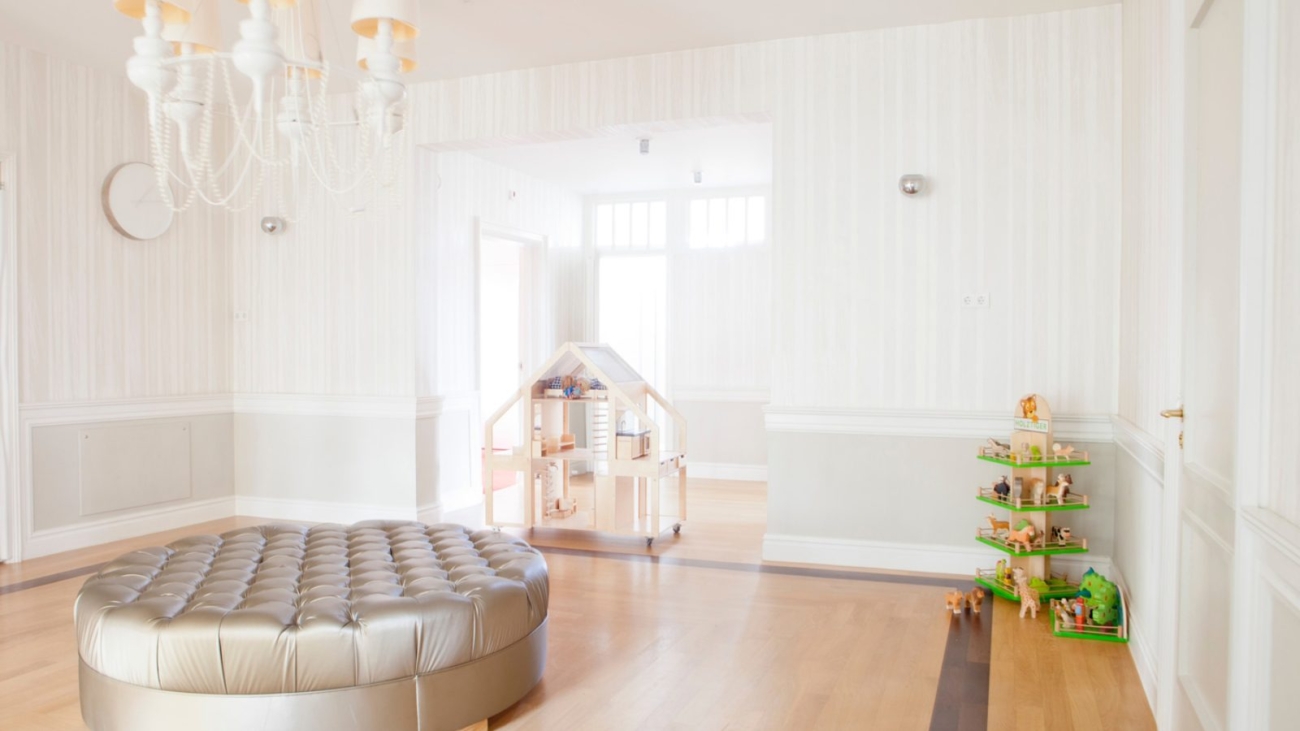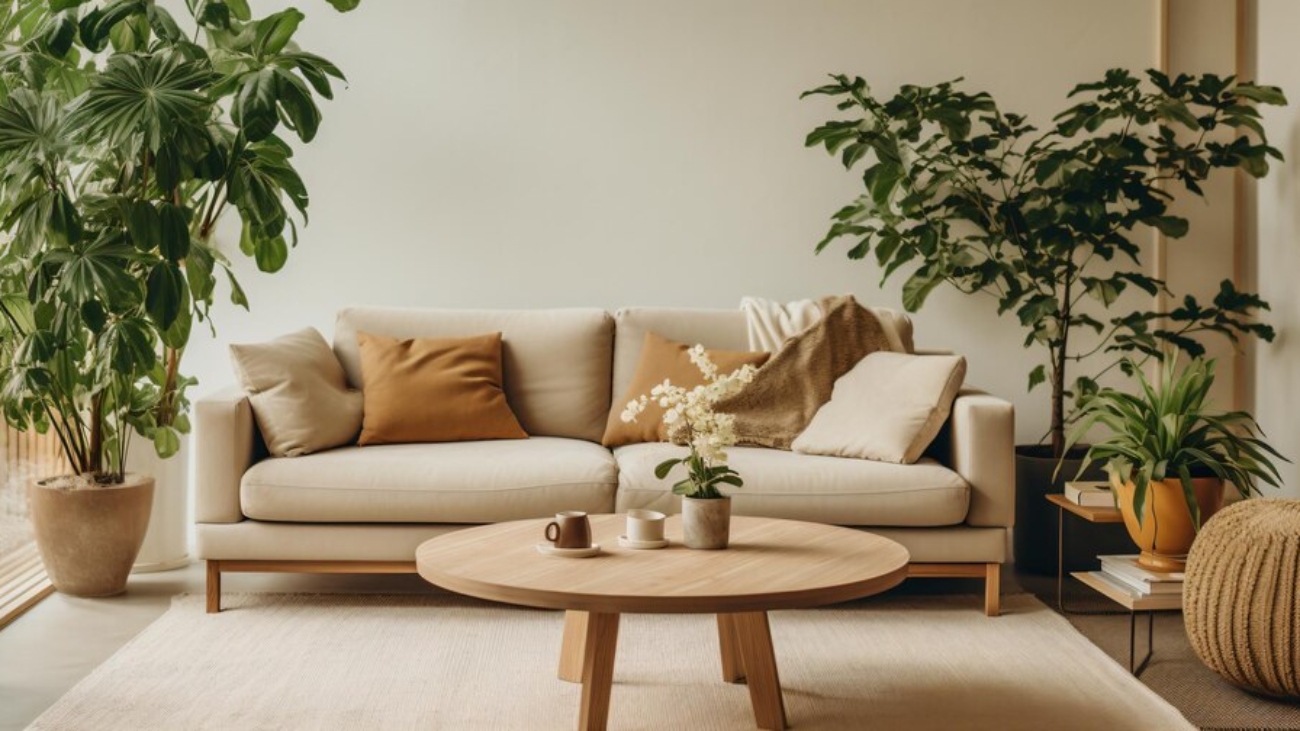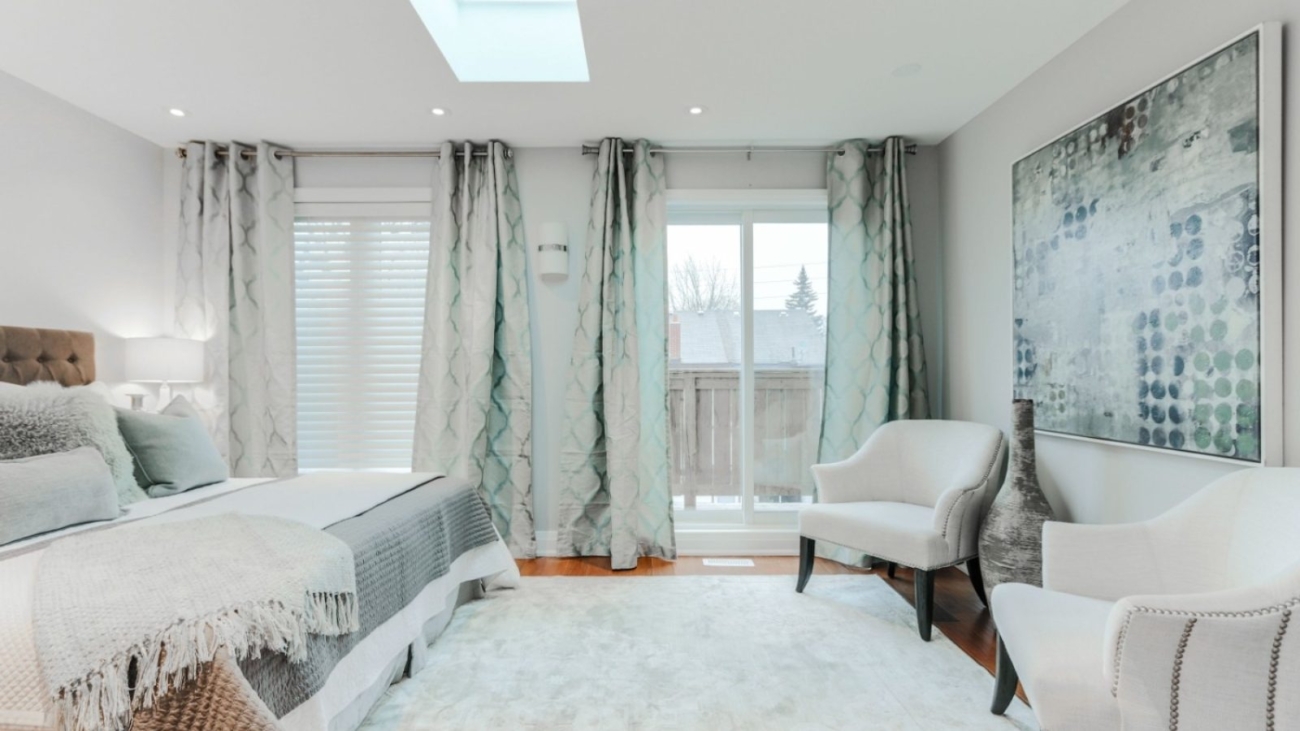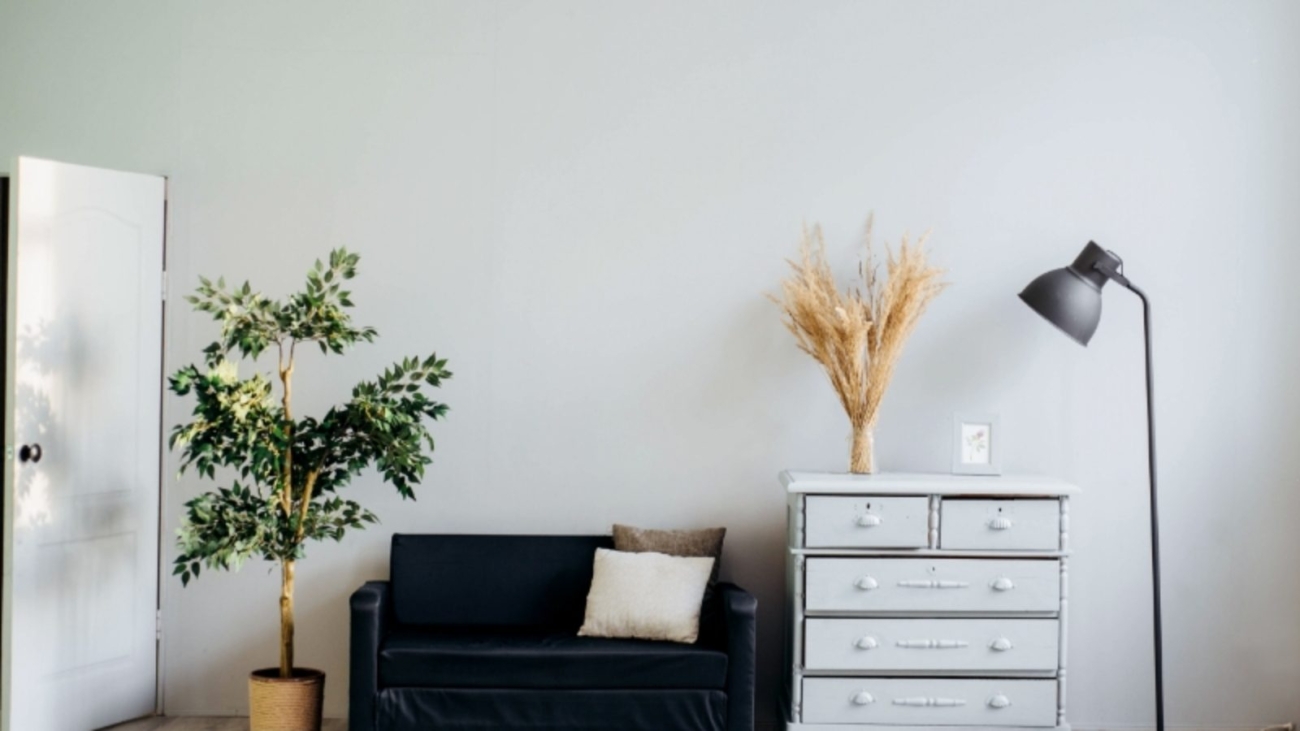Interior design is constantly evolving, and what was once considered stylish or luxurious may now feel outdated or overdone. In recent years, we’ve seen a significant shift in how people approach their living spaces — with comfort, sustainability, and personalization taking center stage.
Here are 7 major interior design trends that have dramatically transformed:
1. Minimalism to Warm Minimalism
The cold, ultra-sleek minimalism of the 2010s is making way for a warmer, more livable version. Instead of all-white spaces and hard edges, today’s minimalism welcomes earthy tones, soft textures, and natural materials like wood, linen, and clay. The goal? Calm, not cold.
2. Open Concept to Defined Spaces
Open layouts were once the gold standard, but post-pandemic living has changed our needs. With more people working from home, there’s a growing appreciation for defined zones that offer privacy and purpose. Think stylish room dividers, sliding doors, and cozy nooks.
3. Gray Overload to Color Comeback
Gray walls and furnishings dominated for years — but now bold, expressive colors are back. From deep greens and terracotta tones to rich navy and mustard yellow, people are embracing personality in their spaces.
4. Industrial Rawness to Soft Industrial
The rough industrial look (think exposed pipes and concrete everything) has softened. Now, industrial design is being paired with warm lighting, soft fabrics, and plants to make spaces feel less harsh and more welcoming.
5. Fast Furniture to Sustainable Choices
Consumers are becoming more eco-conscious. There’s a clear shift from disposable “fast furniture” to quality, sustainable pieces made from reclaimed wood, bamboo, or recycled materials. Vintage and second-hand furniture are also more appreciated than ever.
6. Matching Sets to Mix-and-Match Aesthetic
The days of buying full, matching furniture sets are over. Today’s interiors are all about eclectic combinations that reflect personal style. Layered textures, mixed metals, and contrasting styles create a more curated, individual look.
7. Monotone Decor to Statement Pieces
Monotone rooms have given way to bold focal points. Whether it’s an oversized piece of art, a statement chandelier, or a patterned tile backsplash — today’s interiors thrive on contrast, drama, and creativity.
Conclusion
The world of interior design is fluid — influenced by culture, technology, and the way we live. As we continue to prioritize comfort, sustainability, and uniqueness, these altered trends reflect a new era of thoughtful, expressive design.
Looking to refresh your space with modern yet timeless style? [Your Business Name] is here to help with expert interior solutions tailored just for you.




